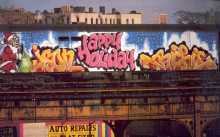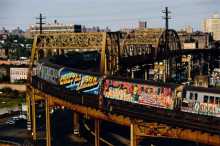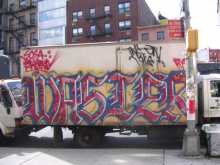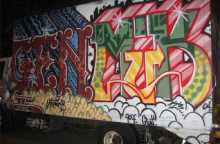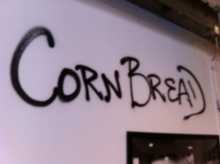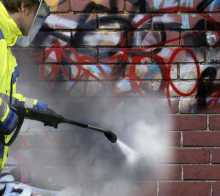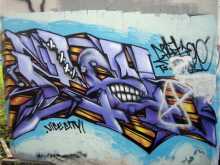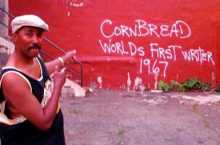New York Subway graffiti
Subway graffiti has been a theme in many cities, though New York has to be in the front of that theme. They have had numerous books printed covering the history behind New York subway graffiti. Additionally you can purchase books that are based mainly upon images of subway graffiti.
If you really take a moment and think about it, it makes since. Where the rest of the country has train cars that have been tagged, New York has subways. Add to that the culture and feel of New York and you have to agree that New York would be on top of the graffiti we now refer to as Subway Art.
Subway Graffiti has dated back to before some of us were even born, those of us who were here were possibly still young and barely walking. This happy Holiday Subway graffiti art came out of the 1970’s. Naturally it had been washed off long ago, however this image is a reminder that graffiti more often than not has a message.
Regardless of whether the artist are saying happy holidays, throwing up vibrant images or simply tagging a subway car you have to admit it adds something beyond words. Just look at this image of a subway in motion, see how each car is separate yet still connected as it moves along the tracks. This is urban culture at its finest. It’s true some people will never see the beauty behind graffiti; they’ll always see it as a form of vandalism. Those very people will never be rewarded with the moving and constantly changing art that surrounds them each day.
